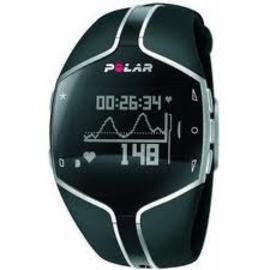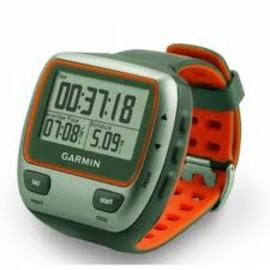Introduction

There are many places where you can use gadgets to monitor heart activity from homes and gyms to hospitals and medical centers. Wherever they are used, heart monitors serve a purpose of tracking the heart beats per minute. It is practical to determine whether you are exerting too much efforts and are stressing the functions of the heart. Your heart is crucial in pumping blood to the lungs, where oxygen is added and carbon dioxide is removed.
History

The first wireless devices to monitor heart rate made their appearance in 1977. It was used by the Finnish National Cross Country Team as a training aid and increase intensity of workouts and preparatory exercises. This concept of ‘intensity training’ gained momentum in the 80’s and the first commercially sold units were released in 1983. Nowadays, there are plenty of brands of devices that monitor heart to choose from.
Features

Understanding how gadgets monitor heart rate is easy. There are a few components in the device. Usually, it consists of a strap worn diagonally across the chest. Electrodes are attached on the straps that act as the transmitter and send signals to a receiver, usually a watch worn on the wrist. For example, you can see the results of a workout on the wrist watch indicating the calories burned, the number of beats per minute, and the overall heart rate.
There are many types and brands of devices to monitor heart rate sold commercially. Finding one to suit your budget and needs should not be a problem.
Most of these devices that monitor heart activity are powered by batteries and can be recharged. Depending on what you need to use it for, the gadget will monitor heart activity and can be programmed to achieve indicators that you need to know. For example, if you are doing an intensive cardiovascular workout, your monitor heart will tell you when you have reached your goal or can still continue. To do this, you just have to set an upper and lower limit on your monitor heart and when these levels are attained, you either continue, increase your pace or stop. At any rate, the basic aim is to know that you are not overworking your heart and at the same time, carry out an effective workout without dangerous consequences.
In hospitals, these devices are also used to monitor heart rate and are attached on the patient to detect a heart’s activity. This is useful for doctors to diagnose certain heart problems such as arrhythmias and myocardial ischemia. Unusual activities in heart such as sudden increase (palpitation) or decrease in heart beat are difficult to quantify during a single visit to the doctor’s office. Instead, a patient is asked to wear a device that will monitor heart activity continuously for a period of 24 to 48 hours. Only then can a doctor diagnose if there are unusual patterns in the heart rate of the patient.
The principle is the same; the person wears sensors and patches which are transmitted to a small monitor that is carried all the time. There are also wireless heart monitors that transmit the signals directly to the doctor’s office.